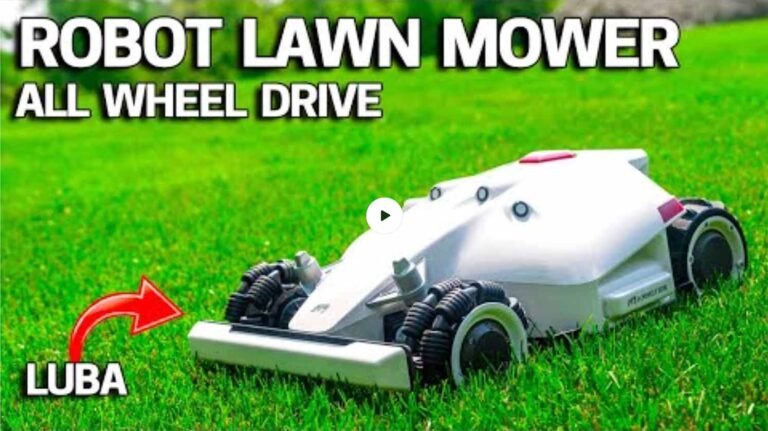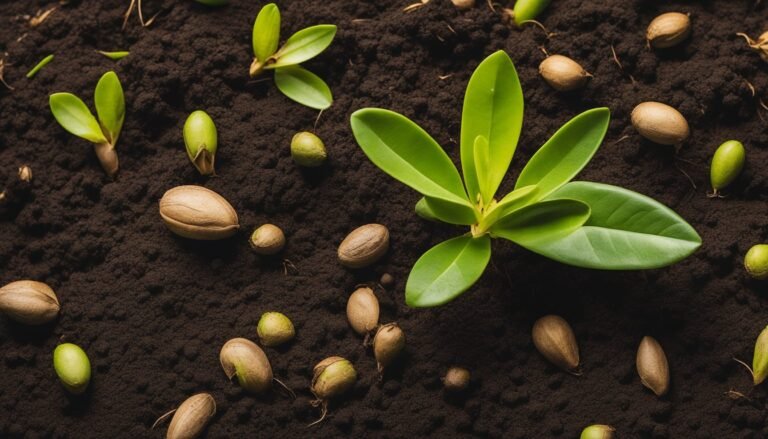Snapdragons, or Antirrhinum, are a beloved presence in many gardens, revered not only for their vibrant blooms that resemble a dragon’s snout but also for their ability to attract bees. As a gardener, I’ve always found these plants to offer an enchanting mix of colours, sizes, and shapes that can elevate any garden bed, border, or container display. Their ease of growth from seeds or cuttings makes them an accessible option for gardeners of any experience level.

Caring for these charming flowers involves understanding their preferences for sun exposure and well-draining soil. My experience has taught me that adequate watering, deadheading, and occasional feeding will promote a bountiful floral display and encourage recurring blooms throughout the season. Additionally, incorporating snapdragons into the landscape is not only an aesthetic choice but also one that supports local ecosystems, as these flowers are known to play a part in pollinator attraction and biodiversity.
Key Takeaways
- Snapdragons add vibrant colour and structure to gardens.
- They require sun, well-drained soil, and standard care for optimal growth.
- These flowers support ecological health by attracting pollinators.
Botanical Profile
In my study of botany, I’ve found that the Antirrhinum majus, or snapdragon as it’s commonly known, presents a fascinating array of characteristics that distinguish it as a unique plant species. This botanical profile aims to shed light on its taxonomic classification and plant attributes.
Species Classification
Antirrhinum majus falls within the Plantaginaceae family. It’s typically referred to as the common snapdragon and has a variety of species within its genus. The term majus in its name points to one of the principal species among these, often highlighting its horticultural prominence.
- Family: Plantaginaceae
- Genus: Antirrhinum
- Species: Antirrhinum majus
This species is classified as a short-lived perennial plant, though in colder climates, they’re often cultivated as annuals due to their inability to withstand freezing temperatures.
Plant Characteristics
Snapdragons exhibit a diverse range of growth habits, with some classified as dwarf varieties, reaching modest heights suitable for borders, while others are considered tall, ideal for creating a backdrop in garden beds. They’re renowned for their dragon flowers—so named because their shape resembles a dragon’s mouth, which opens and closes when laterally squeezed.
- Height: Varies from dwarf (less than 30 cm) to tall (up to 120 cm)
- Lifecycle: Often grown as annuals; biennial or short-lived perennials in milder climates
- Floral Feature: Unique dragon-shaped flowers that come in various vibrant colours
My own experience with snapdragons suggests they offer a generous flowering period when provided with the right conditions, flourishing particularly well in cooler weather and offering continuous blooms in the right environment.
Cultivation Practices

In my experience, the successful cultivation of snapdragons depends significantly on understanding their precise needs regarding soil, sunlight, watering, nutrients, and seasonal growth.
Soil and Sunlight Requirements
Snapdragons thrive in well-drained soil with moderate fertility. I ensure the soil is rich in organic matter, allowing the plants to establish strong root systems. Full sun is preferred, meaning at least six hours of direct sunlight each day to promote healthy growth and flowering.
Watering and Nutrient Management
I maintain consistent moisture levels without over-watering, which can lead to root rot. Snapdragons prefer soil that is moist but not soggy. For nutrients, I apply a balanced fertilizer every four to six weeks during the growing season to support robust growth and flower production.
Temperature and Seasonal Growth
I plant snapdragons in early spring, post the last frost date, to ensure that seedlings aren’t damaged by frost. Seeds typically germinate in 7-14 days at 21-24°C. Snapdragons can weather cooler temperatures but need protection from hard frost. Throughout summer, I ensure they have ample water and monitor for heat stress.
Floral Display and Maintenance
In my experience, the key to a stunning snapdragon display lies in the choice of varieties and their maintenance. With the right approach to pruning and deadheading as well as vigilant pest and disease control, your snapdragons will maintain their beauty throughout their blooming season.
Varieties and Colours
Snapdragons (Antirrhinums) are cherished for their rich palette and diverse forms. Cultivars range from classical to double flowers, in a spectrum of shades including red, white, yellow, orange, pink, rose, and purple. Bushy and small varieties are excellent for border fronts, while taller types make eye-catching cut flowers. I find that the ‘Rocket’ series, celebrated for their height and vibrant blooms, is exceptionally heat and cold tolerant, creating a fragrant statement in any garden.
Pruning and Deadheading
Pruning is essential for encouraging a bushier growth habit. I snip the top inch off the main stem when my plants are young to promote branching. For continual flowering, frequent deadheading is crucial; removing spent blooms prevents seed formation and encourages further flowering. Typically, I use sharp shears to cut just above the set of leaves below the faded flowers, which keeps them looking tidy and stimulates new growth.
Pests and Diseases Control
My snapdragons are susceptible to pests like bumblebees which, while often beneficial for pollen transfer, can sometimes damage flowers. To protect them, I maintain vigilant watch and employ organic controls like neem oil if necessary. Diseases like rust can be a problem too, I find regular inspections and removing any infected parts of the plant helps to manage this. Furthermore, ensuring good air circulation and avoiding overhead watering reduces the risk of rust and other diseases. When I use a fertiliser, I make sure it’s balanced to avoid excessive nitrogen, which can contribute to the issue.
Landscape and Ecological Significance

Snapdragons are not merely ornamental; they contribute significantly to garden ecosystems and biodiversity. As an avid gardener, I regard them as valuable plants for both aesthetics and ecological benefits.
Garden Design and Placement
In my experience, snapdragons are versatile garden plants that serve well in flower beds and borders. They thrive in full sun to partial shade, making them suitable for various garden spots. For robust growth, I ensure they’re positioned in areas with ample sunlight and well-draining soil. As annuals or short-lived perennials, they offer a spectacular show, particularly from autumn to spring in zones 7 and above, with some species tolerating cooler temperatures remarkably well. I’ve found they add excellent contrast with their upright form and vibrant foliage against other garden plants.
Wildlife Attraction and Conservation
I am always conscious of the importance of supporting local wildlife, and snapdragons assist in this. They are particularly enticing to pollinators like bees and butterflies – their edible flowers provide a valuable food source. For propagating snapdragons, cuttings or seedlings can be taken in late summer or early autumn. Through propagation, we maintain not just the individual plants but also the environmental cycle of support for our wildlife. The maintenance of snapdragons involves regular watering and occasional feeding, but they are relatively low-maintenance plants. Even in my own garden, I’ve observed that with their rich floral tapestry, snapdragons contribute to a happier, healthier ecosystem.
Frequently Asked Questions

In this section, I address some of the most common queries gardeners have about nurturing and understanding snapdragons.
How should snapdragon seeds be sown?
I recommend sowing snapdragon seeds on the surface of well-draining soil and gently pressing them in, as they need light to germinate effectively. Moisture is crucial, so keep the soil consistently damp until germination.
What is the optimal time to plant snapdragons?
The best time to plant snapdragons is after the danger of frost has passed in spring. In milder climates, sowing in autumn is possible for early summer blooms the following year.
How can one encourage continuous blooming in snapdragons?
To extend the blooming period, I often deadhead the spent flowers regularly to encourage more blooms. Also, providing a balanced fertiliser during the growing season promotes continuous flowering.
Can snapdragons reseed themselves?
Yes, snapdragons can reseed themselves under the right conditions. Allowing a few flowers to develop seed pods and disperse their seeds can lead to new plants sprouting the following season.
Are snapdragons considered annual or perennial plants?
Snapdragons are typically treated as annuals but are technically perennials in zones 7 to 10. In these zones, they can survive milder winters and bloom for a second season or more.
In which environments do snapdragons thrive best?
Snapdragons thrive in full sun to partial shade and prefer cooler temperatures. Well-draining soil enriched with organic matter creates an ideal environment for their growth.


